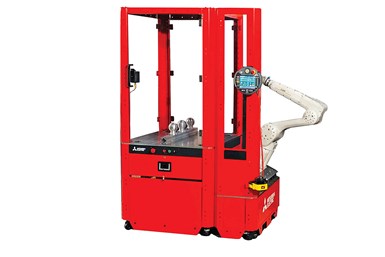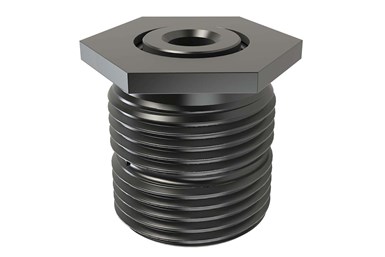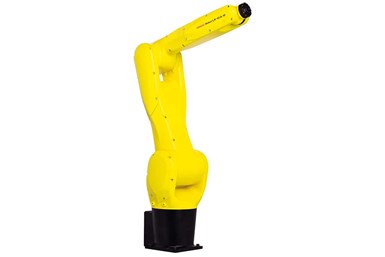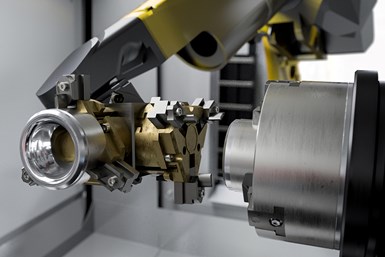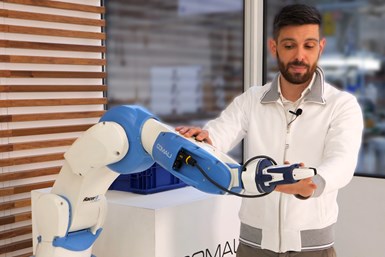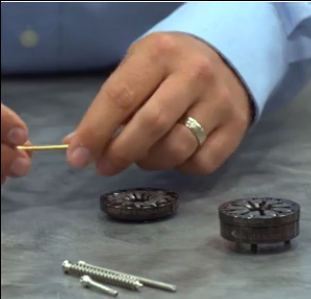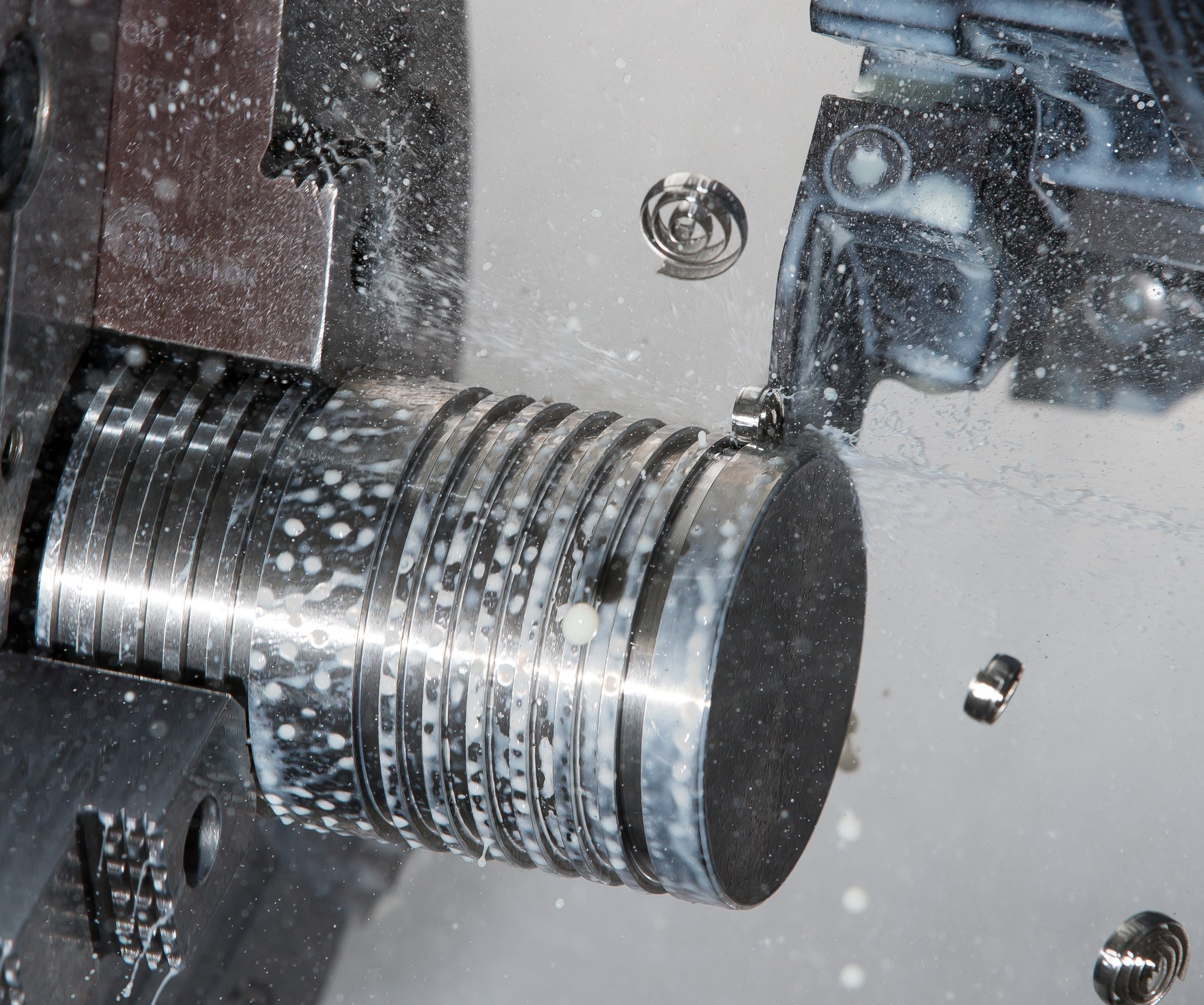Precision machining paired withautomation and roboticscan offer unprecedented levels of speed, accuracy and quality control for manufacturing processes. Automation can also help companies advance to more lights-out production as well develop a continuous-improvement mindset that can enable increased efficiencies in numerous areas.
Every month, we’re putting together a Technology Showcase, highlighting some of the product information thatPMreceives from supplier companies. For February, we focused on automation and robots, including a machine tending robotic cell featuring portability, easy setup and programming; air rest buttons using pneumatic position control to properly detect workpiece loading in a fixture; an automatic door opening solution for robotic machine tending that can be fitted to any CNC machine in under an hour; and more as described below.
For the latest new products across the broad spectrum of precision machining, check outProduction Machining’sNew Products online.
If you would like to learn more about the latest news, product technology and operational best practices in the precision machining industry, consider subscribing toProduction Machining'sfree monthly print magazine.
Read PM’sFebruary Technology Review.
Click on each link below to read the full product post:
照片Credit: Mitsubishi Electric Automation
The LoadMate Plus Machine Tending Robotic Cell from Absolute Machine Tools’ partnerMitsubishi ElectricAutomation streamlines part loading, unloading and palletizing in low-to-high volume applications. It features portability, easy setup and programming, high performance, and a safety-first design that make it appropriate for both job shops and larger scale production environments, the company says.
照片Credit: Carr Lane Manufacturing
Carr Lane Manufacturing’sAir Rest Buttons (ARB) use pneumatic position control to properly detect workpiece loading in a fixture, the company says. Consisting of a threaded body installed in a fixture, these units hold a precision floating plunger. Once proper placement of a workpiece on the ARB assembly occurs, the plunger fully retracts into the body, which is designed to seal off airflow and increase the system’s overall pressure. The pressure value can be read using an analog or digital pressure system.
Made4CNC’sSafedoor SD100 is said to be the world’s first completely automatic door opening solution for robotic machine tending, and can be fitted to any CNC machine in under an hour. The company says the Safedoor SD100 removes barriers to the automation of component feeding at machine shops with its ability to open CNC doors that are up to 1 meter wide and weigh 400 kg, at a speed of 500 mm/sec.
FANUCAmerica’s Robomachines line includes the LR-10iA/10 robot, which is designed for machine tending. Weighing 46 kg, the LR-10iA/10 robot mounts to the floor, upside down or on an angle. The company says it is also simple to mount the robot to an AGV or other mobile platform to accommodate a variety of repetitive tasks or automate machines that are standing idle.
照片Credit: United Grinding
United Grinding’s Studer RoboLoad system offers manufacturers simple, seamless part-loading automation for CNC radius internal grinding machines such as the Studer S121, S131 and S141. The company says, until now, loader integration could be intrinsically difficult on these types of machines because of the height of their workheads and associated geometric restrictions.
Comau’sRacer-5 Cobot is a collaborative robot designed to function fast and efficiently in restricted spaces and in a variety of applications. The cobot is a 6-axis articulated robot that can work at industrial speeds up to 6 meters per sec. With a 5-kg payload and 809-mm reach, it is said to ensure optimal industrial efficiency while offering safe, barrier-free operations.
RELATED CONTENT
Here's a broad look at different ways to approach workholding, from bar feeders to collet chucks to robotics.
Many shops of various sizes are trying to hop on the lights-out bandwagon. This article looks at some things to consider and check out before “hopping.”
Manufacturing cells are used to minimize product movement as well as materials, equipment and labor during the manufacturing process. By reducing cycle times and material handling, these cells help shops more easily meet customer demands regarding cost, quality and leadtimes.







